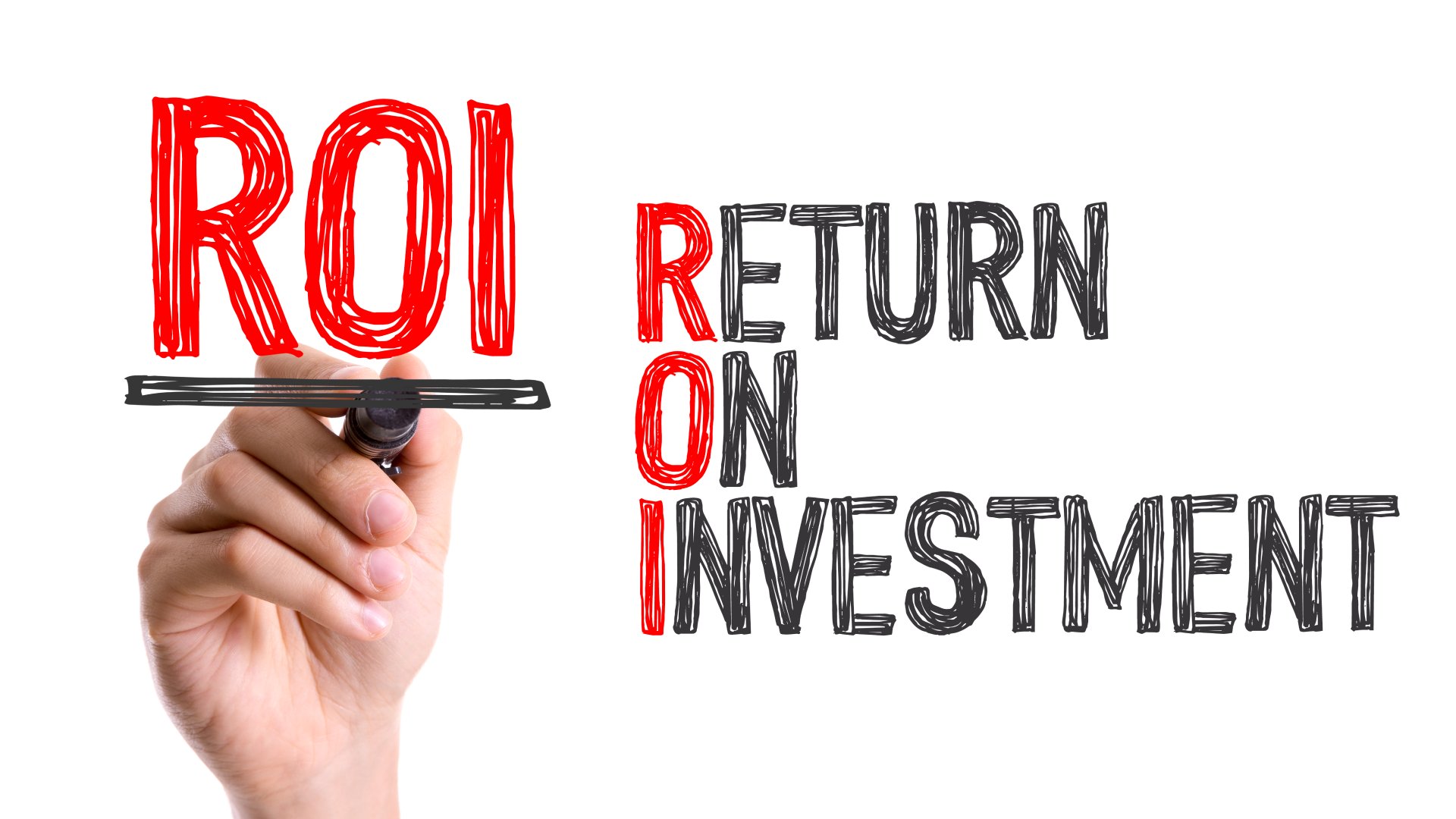Every marketing investment a business makes should have an estimated return on investment (ROI). This is necessary to be able to properly frame the expectations with the marketing budget holder as well as the sales department. The sales team will obviously benefit from the investment and they need to create a plan to support the program.
Below we have broken down a simple marketing investment a client shared with us recently to show how to quickly determine if a program meets your marketing ROI goals.
To keep life simple, we will focus only on the hard costs and not the soft costs like time you or members of the marketing and sales team might spend organizing or managing the program.
Here is the scenario we will use to illustrate the process and equation for calculating an estimated ROI. You will need to know or be able to estimate the following data points to understand the ROI on your next lead generation investment.
Calculating the ROI of a B2B Lead Generation Campaign
1. (TMC) Total Marketing Costs
In our example, our client will spend $8,000 on a lunch-and-learn event for new prospects. Note: This cost included the food, venue and door prizes, as well as the cost of creating marketing materials used to promote the event and the cost of driving attendance.
2. (L) Number of Leads
They expected to get 12 new prospects to attend the lunch event at an upscale restaurant in the area.
3. (LO%) Lead to Opportunity Rate
For this group they expected 25% of the attendees to become Qualified Opportunities in the next 30 days.
4. (C%) Sales Close Rate
The sales team has an established close rate of 33% for qualified opportunities.
5. (ACR) Average Client Revenue
They know that the average revenue generated from a new client is $24,000 annually.
6. (GP%) Average Gross Profit Margin
The average gross profit margin for their solution is 35%.
With this data a Marketing Director can easily calculate the ROI of any marketing program on the back of a napkin. For this event it looks like this:
- # of Leads (12) x Lead to Opportunity Rate (25%) = 3 Qualified Opportunities
- 3 Opportunities x Sales Close Rate (33%) = 1 New Client
- Average Client Revenue ($24K) X # of New Clients (1) = $24,000 in Revenue
- Est. New Client Revenue from Program ($24K) x Average Gross Profit Margin (35%) = $8,400 in Gross Profit
- Gross Profit ($8.4K) minus Total Marketing Cost ($8K)/ Total Marketing Cost = 5% Return on Investment (ROI)
In summary, the following equation can be used to quickly and accurately determine the return on investment for any marketing program. In the lead generation or demand generation world, all marketing investments should be directly tied to new business opportunities and ultimately new business revenue.
The process is expressed as an equation below for easy reference.
((12 x 25%)33%)((24K x 35%)-8K)/8K = 5%
((L x LO%)C%)((ACR x GP%)-TMC)/TMC = ROI
Is this helpful? Do you calculate ROI differently? Please share your thoughts below!
If you think a Lead Generation Program is right for you, get in touch with us and let's explore your business with a free consultation!







